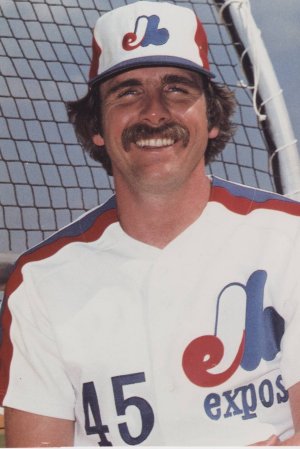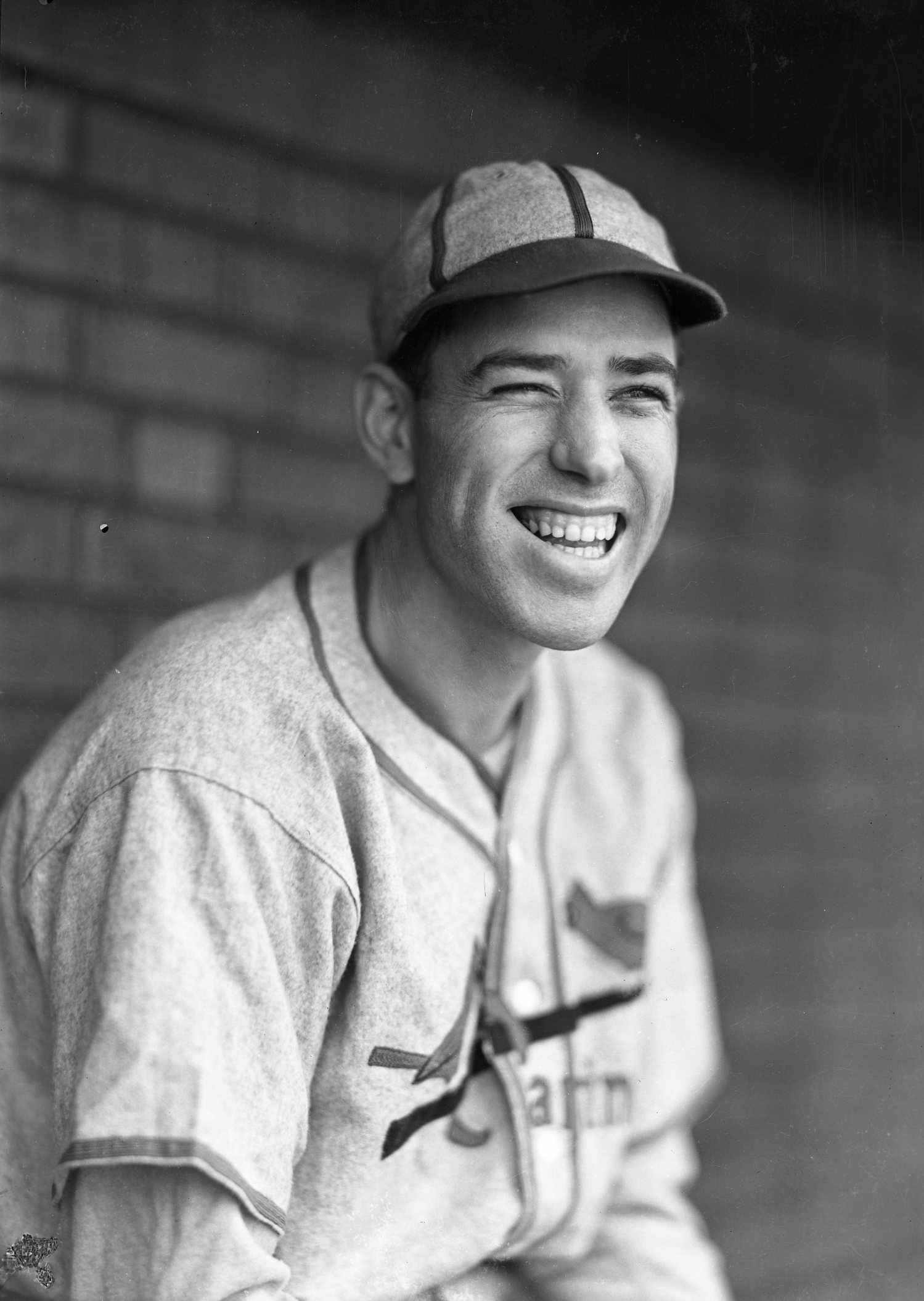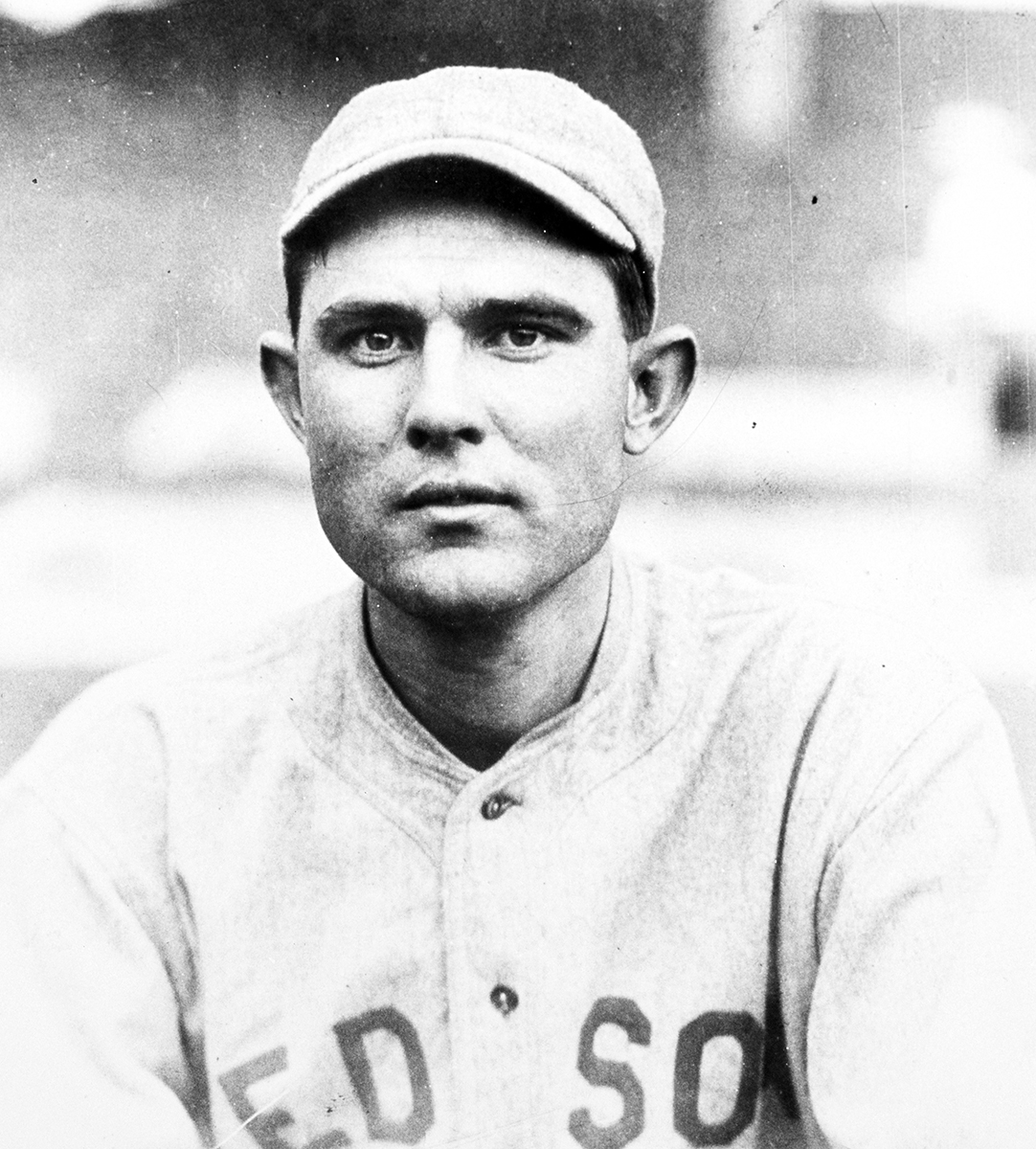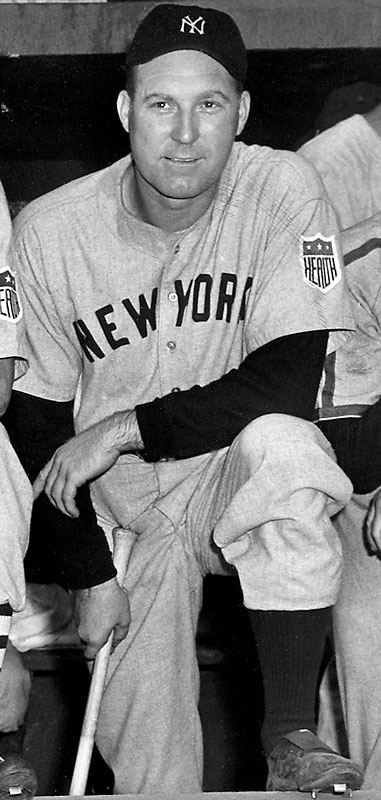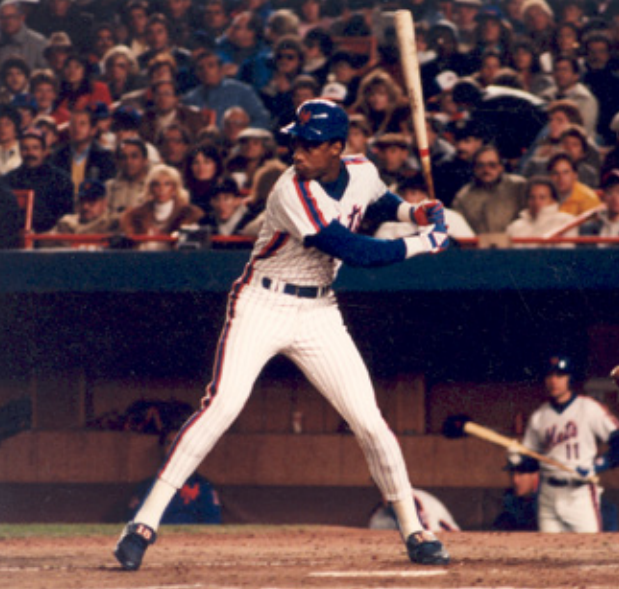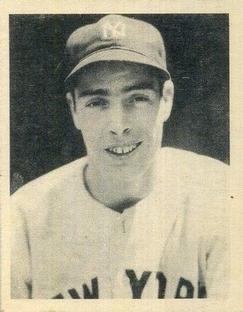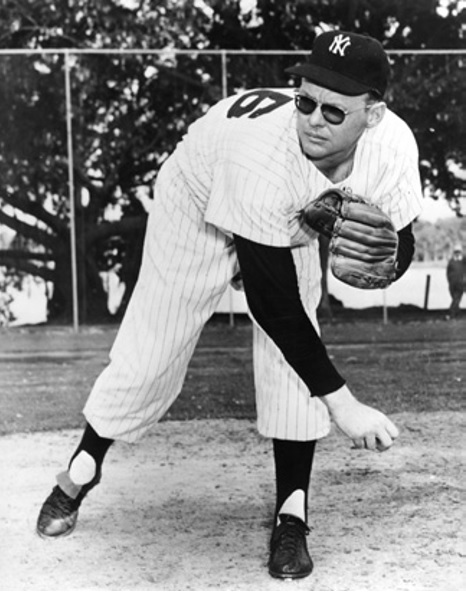October 16, 1888: Tim Keefe leads Giants to tense victory in Game One
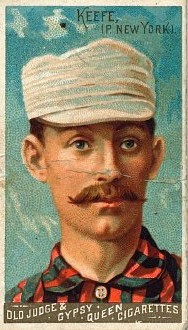 In October 1888, the atmosphere at New York Giants headquarters was a mixture of exhilaration and foreboding. Club founder John B. Day and his junior partners were celebrating their first National League pennant and looking forward to the Giants’ post-season match against the St. Louis Browns, the standard-bearers of the rival American Association. But the championship playoff, not yet called the World Series, might well be the last sporting event conducted at the Polo Grounds, the handsome ballpark erected for the Giants only seven years earlier. City officials, bowing to the demands of residents of the tony Central Park North neighborhood, had adopted a traffic improvement plan designed to eliminate the ballpark by running a street extension through the outfield. Only rearguard action by Day’s lawyers had forestalled condemnation, and the Polo Grounds’ long-term prospects looked bleak.
In October 1888, the atmosphere at New York Giants headquarters was a mixture of exhilaration and foreboding. Club founder John B. Day and his junior partners were celebrating their first National League pennant and looking forward to the Giants’ post-season match against the St. Louis Browns, the standard-bearers of the rival American Association. But the championship playoff, not yet called the World Series, might well be the last sporting event conducted at the Polo Grounds, the handsome ballpark erected for the Giants only seven years earlier. City officials, bowing to the demands of residents of the tony Central Park North neighborhood, had adopted a traffic improvement plan designed to eliminate the ballpark by running a street extension through the outfield. Only rearguard action by Day’s lawyers had forestalled condemnation, and the Polo Grounds’ long-term prospects looked bleak.
For the next fortnight, however, such cares would be shelved, so that all concerned could focus their attention on the championship contests. The match featured two of late-19th century baseball’s most formidable nines. The Giants (84-47) had finally succeeded in supplanting arch-rival Chicago atop the National League standings and featured a lineup that boasted no fewer than six future Hall of Famers: Buck Ewing, John Montgomery Ward, Tim Keefe, Roger Connor, Jim O’Rourke, and Mickey Welch. The Browns (92-43), meanwhile, were the class of their circuit, having just cruised to a fourth consecutive American Association title. On the field, team fortunes were guided by captain-first baseman Charlie Comiskey, who had league batting champ Tip O’Neill, rising outfield star Tommy McCarthy, Arlie Latham, Silver King, and other AA worthies at his disposal. The play of the Browns, however, was often overshadowed by the antics of club owner Chris von der Ahe, the flamboyant saloonkeeper who bankrolled the franchise and often drove Comiskey to distraction. It was von der Ahe, for example, who agreed to the best of ten-game championship arrangement and the disadvantageous format that placed the first six games in the East, four at the Polo Grounds, and one each in Philadelphia and Brooklyn, before the match relocated to St. Louis.
Rain fell steadily on the morning of October 16, putting the opener in jeopardy. But by noon, skies had cleared and liberal application of sawdust made the Polo Grounds playable. Unhappily, the morning weather and an erroneous wire service report that the game had been postponed affected the gate. Only about 4,800 made their way through the turnstiles. That assemblage included local politicians, various baseball executives, and a sizable contingent of players, led by the redoubtable King Kelly. Late arrival of the umpiring crew of John Kelly (NL) and John Gaffney (AA) pushed first pitch back to after 3:00 p.m. When it finally commenced, the game pitted the cream of each league’s pitching ranks against one another. The Giants’ Tim Keefe had punctuated a 35-12 season with a 19-game consecutive win streak, a major league record for within a season (tied by Rube Marquard in 1912) that stands to this day. Keefe, originally an underhand righty, had excellent stuff, thrown from a variety of pitching-arm angles. He relied on deception, and his out pitch was the game’s first great changeup. For the regular season, Keefe led the NL in wins, winning percentage (.745), ERA (1.74), strikeouts (335), and shutouts (8). His opposite number had been equally dominant. The less-celebrated Silver King (born Charles Koenig) had gone 45-20 for the Browns and led the AA in wins, ERA (1.63), innings pitched (584), and shutouts (6). The onus to perform well lay heavy on King, as Nat Hudson (25-10), the Browns number-two pitcher, had skipped the post-season to return home to Chicago.
Neither Keefe nor King disappointed in Game 1, each holding the opposition to a mere three hits (although present-day baseball references credit the Giants with only two safeties, rather than the three hits published in contemporaneous newspaper box scores). The Giants broke the scoring seal in the bottom of the second. Roger Connor singled to center leading off. Called upon to sacrifice, John Montgomery Ward dropped a bunt toward third and beat the throw to first. Both runners then advanced a base on a King wild pitch. Connor tagged up and scored on Mike Slattery’s fly to center, but Ward was thrown out trying to reach third by Browns center-fielder Harry Lyons, effectively ending any further threat.
St. Louis promptly responded in the top of the third. With one out, Arlie Latham walked. He stole second while Yank Robinson was striking out and continued to third on a poor throw by Giants catcher Buck Ewing. Tip O’Neill then knotted the score at 1-1 with a two-out single.
The Giants tallied the decisive run in their half of the frame, scoring without the benefit of a base hit. With two out, Mike Tiernan walked. On the next pitch, he set out for second. The throw of Browns catcher Jack Boyle sailed into center field, where the ball also eluded Lyons. Tiernan came all the way around to score, making the score 2-1 in Giants’ favor. And there it would stay, as neither team mustered another scoring threat.
Keefe’s victory over King in Game One was a harbinger of results to come. Keefe defeated the Browns ace in Game Three and Game Five, as well, on his way to posting a 4-0 playoff record. By the end of Game Eight, the championship had been decided in New York’s favor, six wins to two. St. Louis won the final two meaningless and sparsely-attended playoff contests to complete the series. By October 27, the New York Giants had won their first baseball world championship, providing a fitting sendoff for the original Polo Grounds in the process. Before the ensuing season began, the ballpark was razed.
Additional Stats
New York Giants 2
St. Louis Browns 1
Game 1, championship series
Polo Grounds
New York, NY
Corrections? Additions?
If you can help us improve this game story, contact us.


